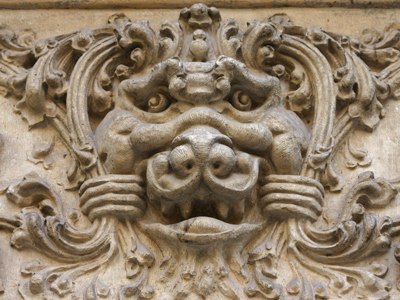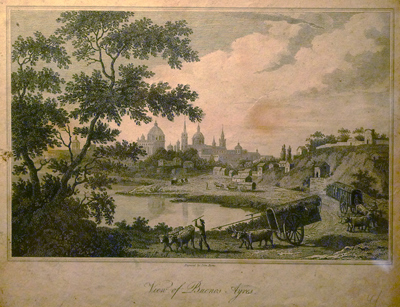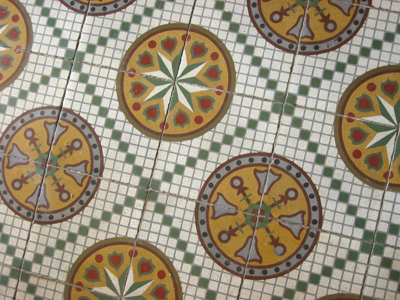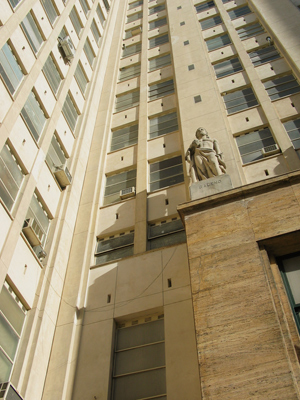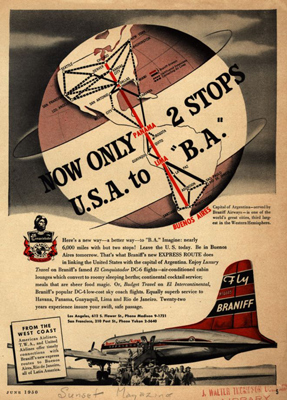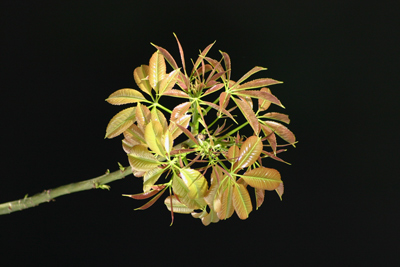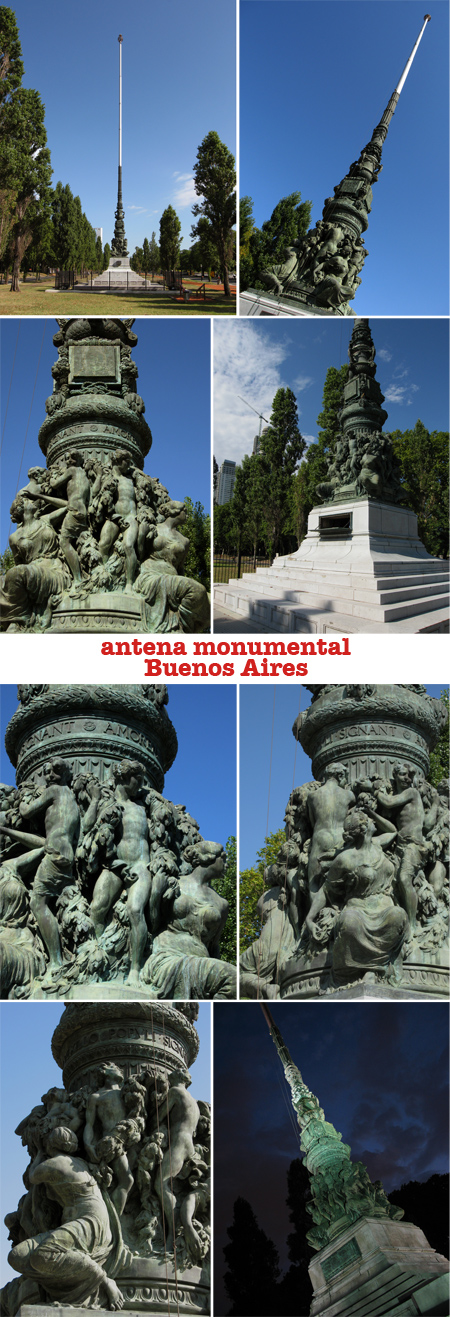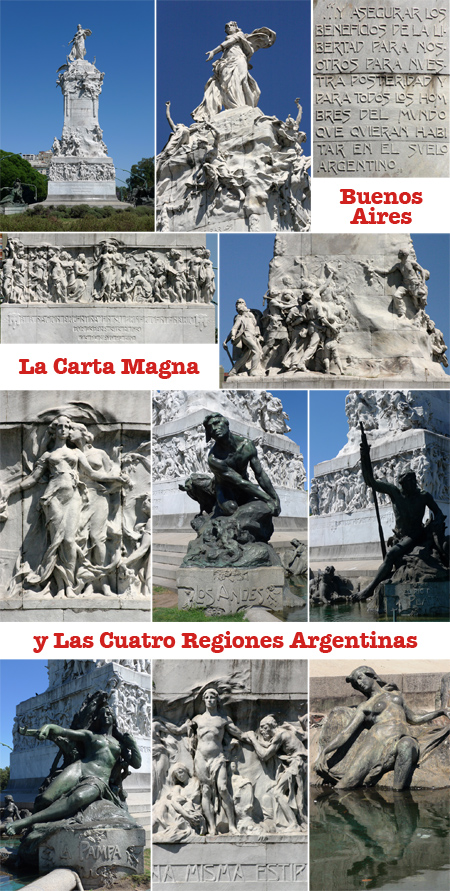buenos aires: estanislao pirovano, neotudor
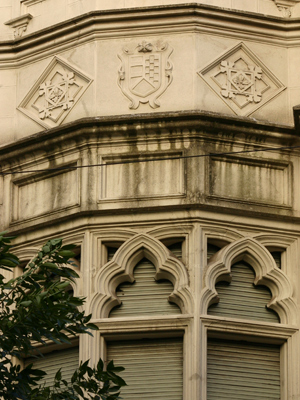
Estanislao Pirovano’s most prolific style, Neotudor or Tudor Revival found fans around the world. I even found lots of it in Bogotá. Popular roughly during the same time as Art Deco, architects replicated simple, English country homes & often added local influences to make an eclectic mix. Pirovano excelled at combining four-centered arches, wooden doors, bay windows, fanciful columns, faux coats-of-arms & mythical/real beasts… very unique in Buenos Aires & something upper-class porteños wanted.
Read More »buenos aires: estanislao pirovano, neotudor